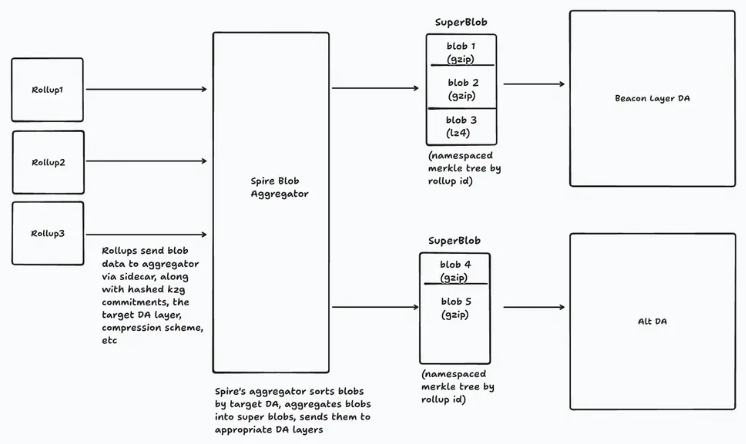
Ethereum’s limited blob space
Ethereum introduced blobs in the Dencun hard fork↗ with EIP-4844↗. This created a blob target per block↗ of 3 and a maximum of 6 blobs per block. The chart below shows the history of blobs since the Dencun hard fork with the number of blobs per block ranging from none to a maximum of 6.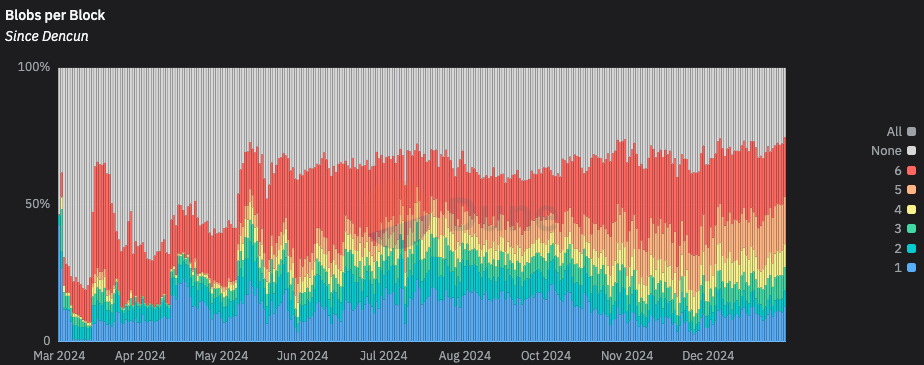
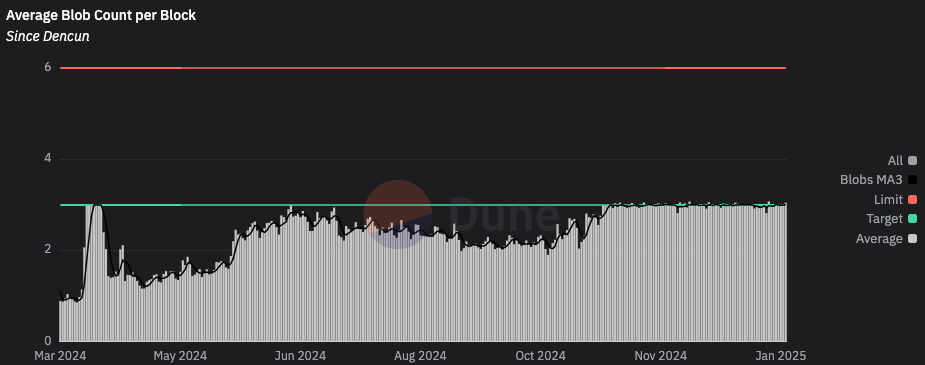
The problem with one size for everyone
Let’s use Ethereum transactions as a starting point to show how a limitied resource, e.g. gas, can be maximally utilized by multiple participants. As long as an Ethereum block doesn’t exceed the maximum gas limit, more transactions can be added to the block. Even if the block contains a few very large transactions, if there is gas remaining in the block then additional transactions can be added.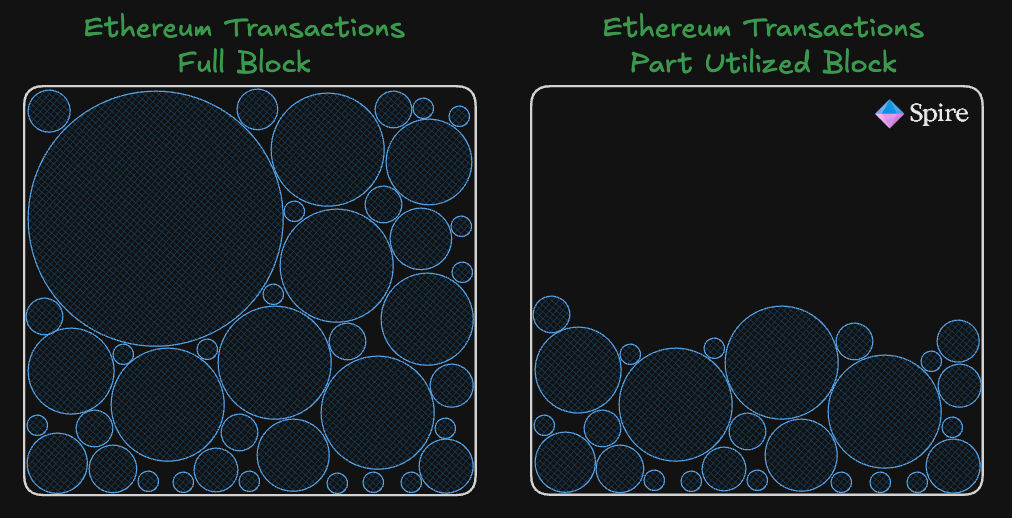
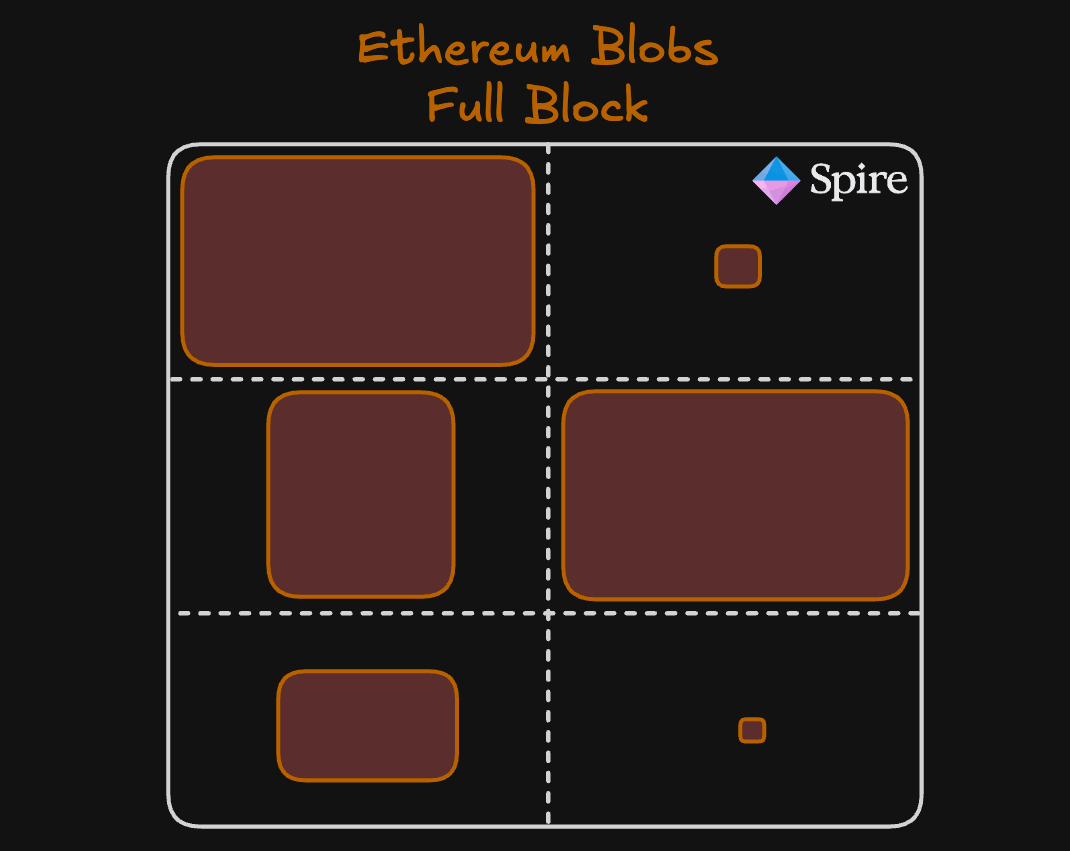
How can appchains compete for blobs?
TLDR: They work together 🤝Spire is building a future where any number of specialized appchains can run on Based Stack without having to compete directly with each other and other blob users for the limited resource of blob space. To achieve this, Spire is developing a blob aggregator to combine multiple blobs before posting to the Data Availablity layer (Ethereum L1, EspressoDA↗, EigenDA↗, etc.). This approach will ensure participation for all Based Stack appchains, enhancing scalability, reducing costs, and enabling greater integration across the ecosystem. To learn more, check out our post detailing a technical concept design of how appchains/rollups could opt in to using a blob aggregator service:

Spire Blob Compression
Spire Labs
